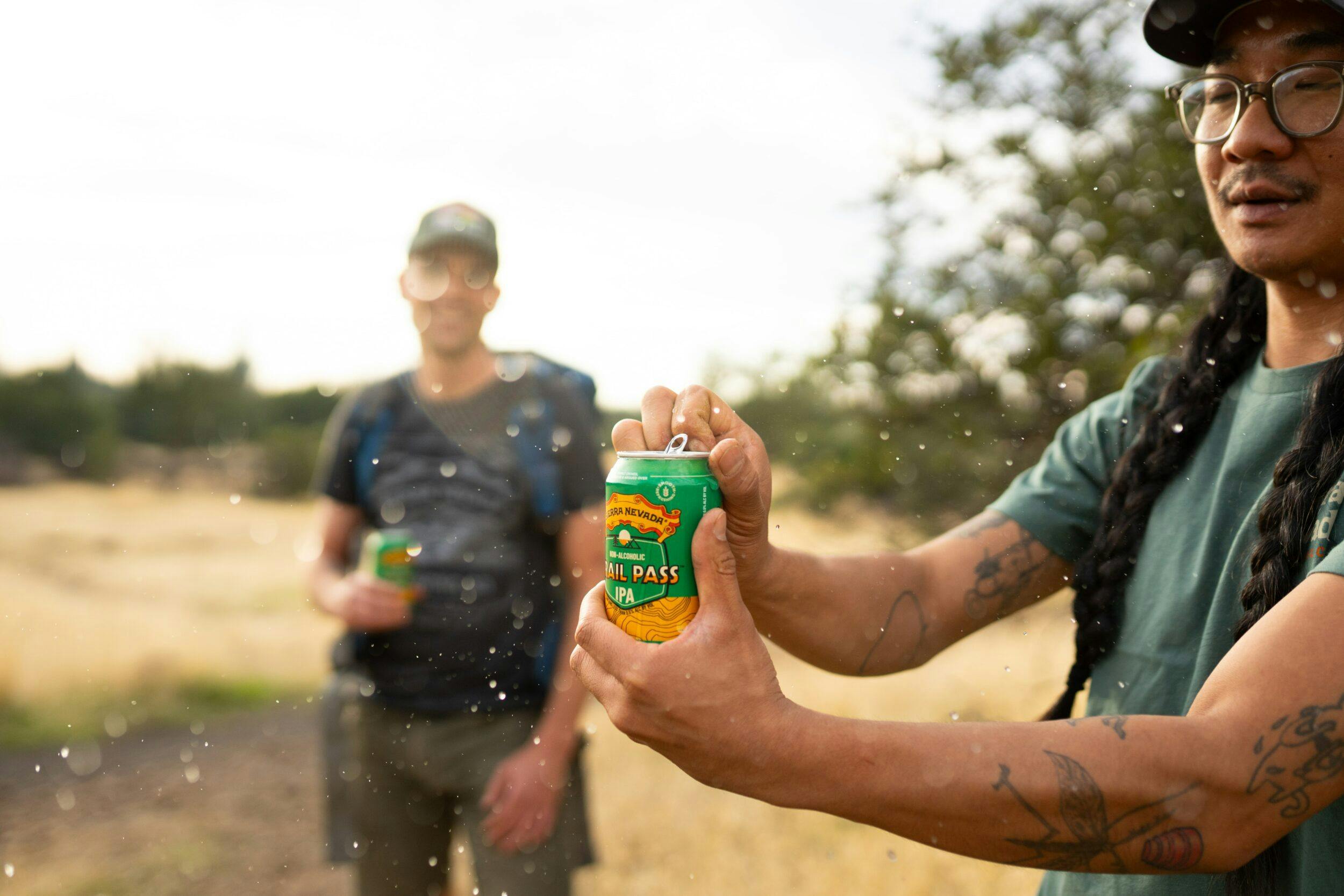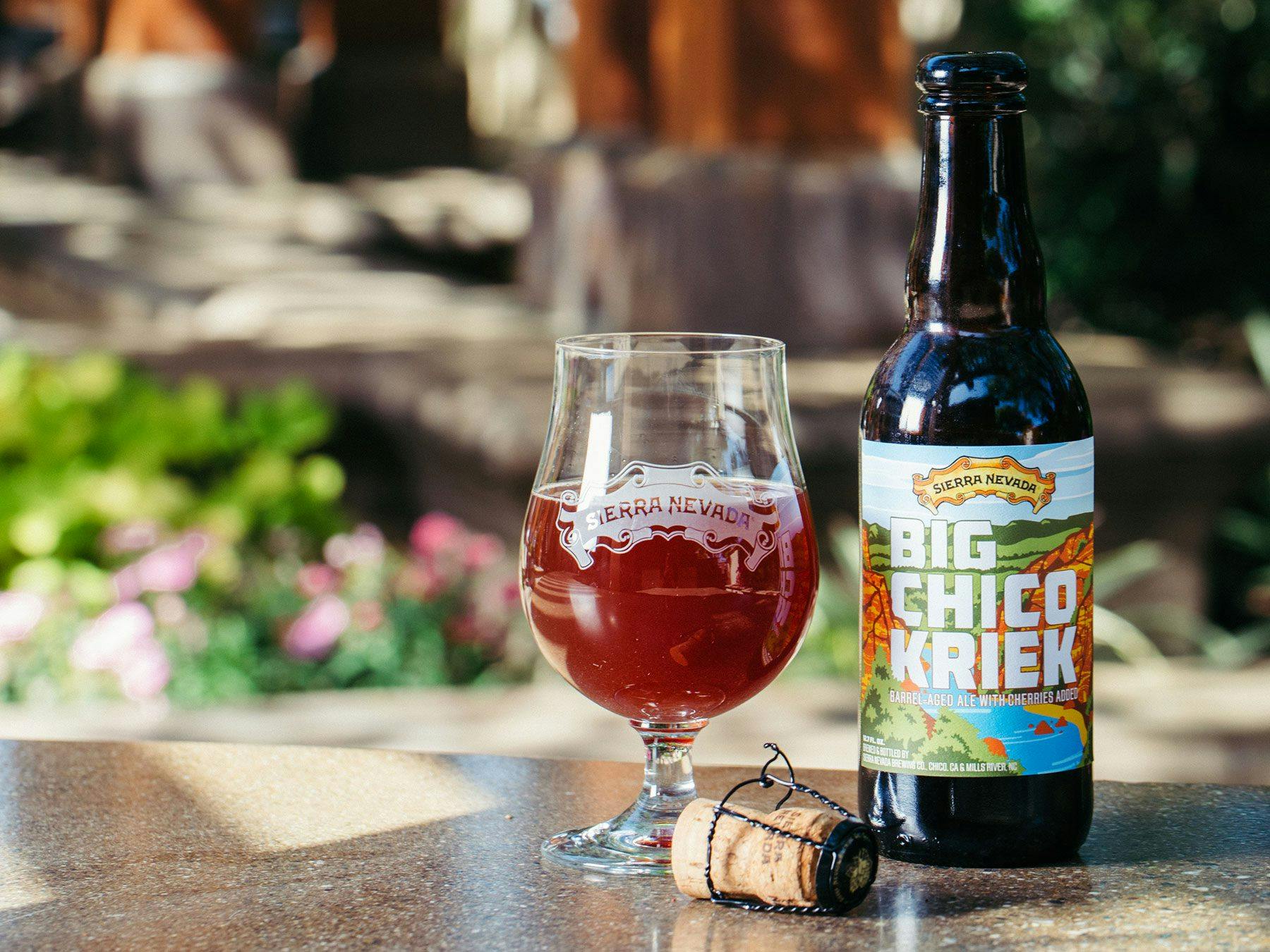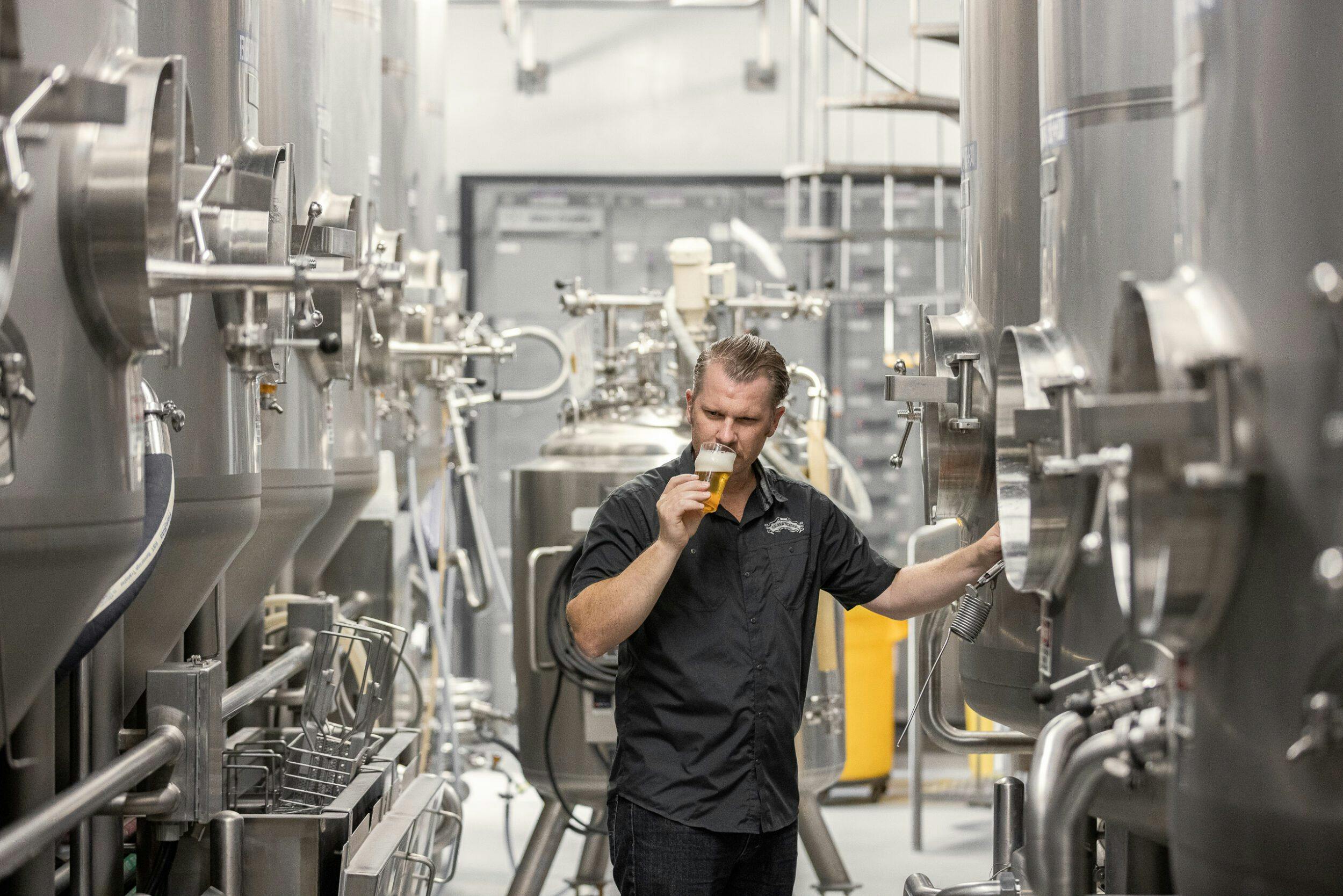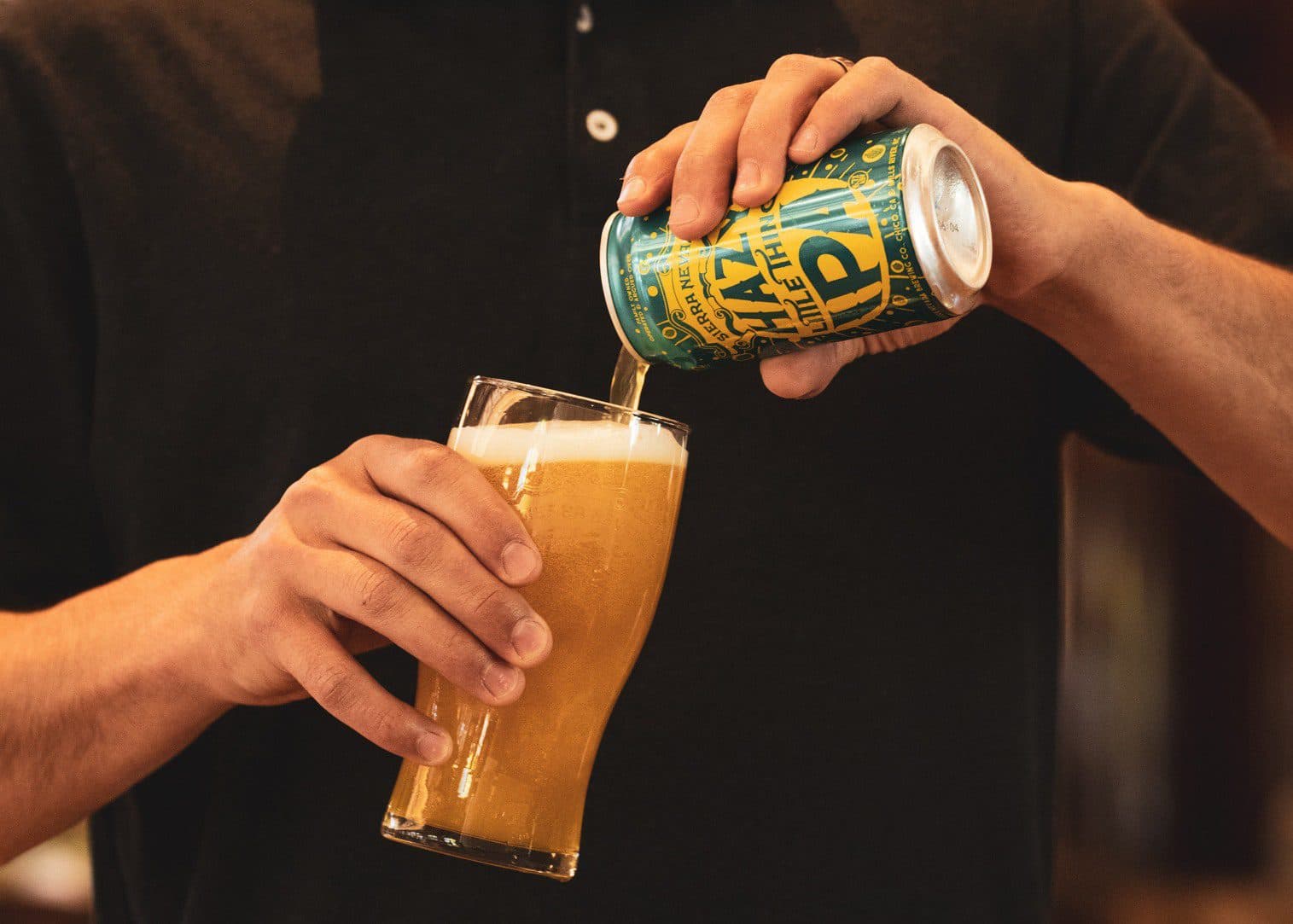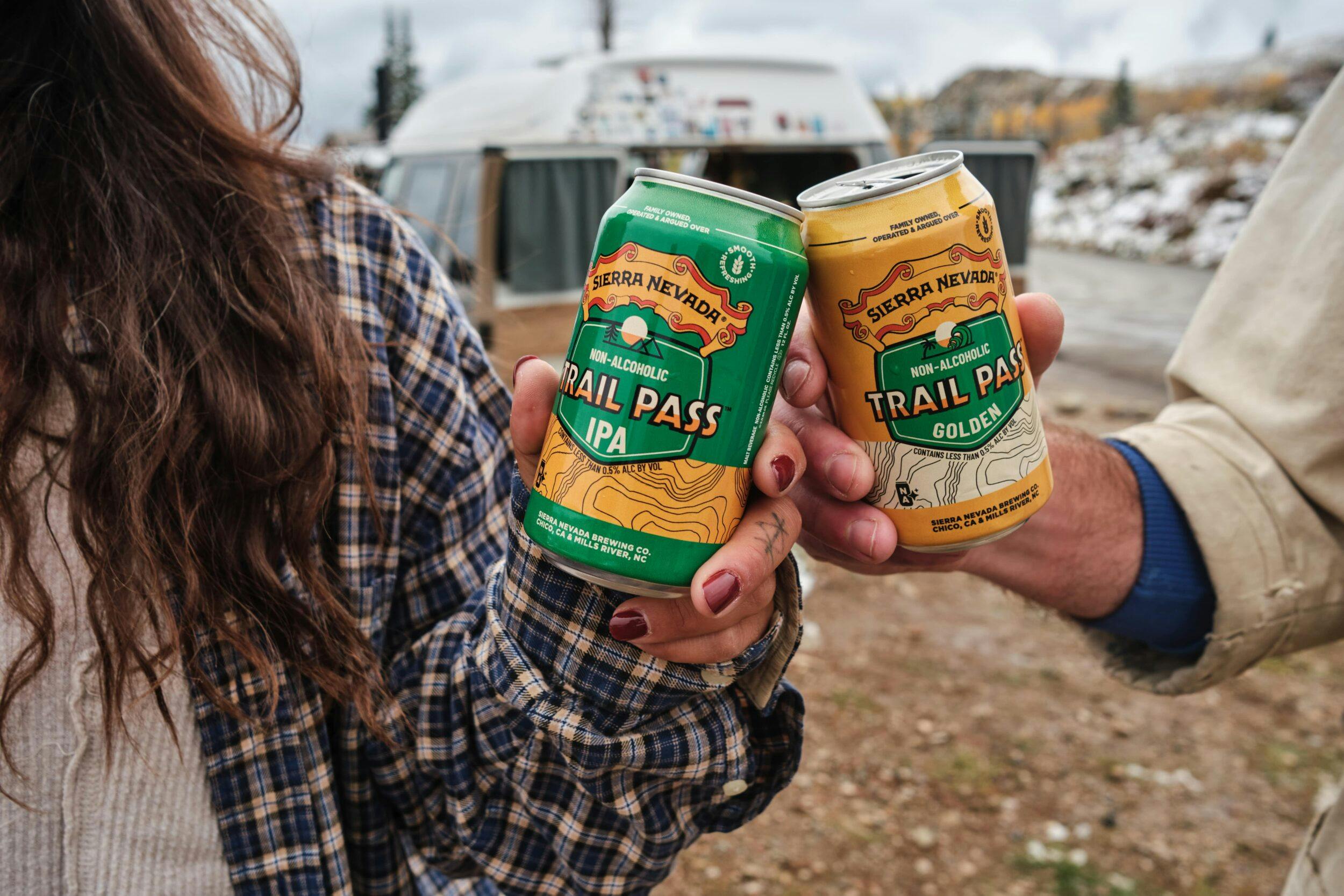Even just a few years ago, you wouldn’t spot many non-alcoholic beer options on store shelves. Maybe one or two mainstays with questionable flavor at best — not the most desirable alternative to a silky smooth hazy IPA. But craft brewers have jumped in to reimagine this important beverage (that is, make it genuinely tasty). Now when you want to skip the booze, your local grocery is likely stocked with solid non-alcoholic choices.
What Is Non-Alcoholic Beer?
Despite its name, non-alcoholic beer is legally allowed to contain up to 0.5% alcohol by volume (ABV). A trace amount is permitted because the common methods for brewing non-alcoholic beer make reaching absolute zero rather difficult. Yet there is also true 0.0% ABV beer, which is formally called alcohol-free beer. Some versions of alcohol-free beer are reminiscent of soda, the result of mixing water with the likes of alcohol-free malt and hop syrups.
Brief History Of NA Beer
The general idea of low-alcohol beer goes back to medieval Europe with what’s called “small beer.” One way of making small beer involves using the “second runnings” of the mashing process, when brewers rinse their grains with water. This diluted wort contains less fermentable sugars, so yeast simply can’t create as much alcohol. But small beer can still land in the 2–3% ABV range.
Non-alcoholic beer, at least in the United States, became relevant in the Prohibition era — perhaps no surprise there. The Volstead Act, passed by Congress in 1919 (but originally vetoed by President Wilson!), capped the alcohol level of any beverage to 0.5% ABV. Some industrial breweries did produce non-alcoholic beer as part of their strategy to stay in business until the 21st Amendment passed.
How Is Non-Alcoholic Beer Made?
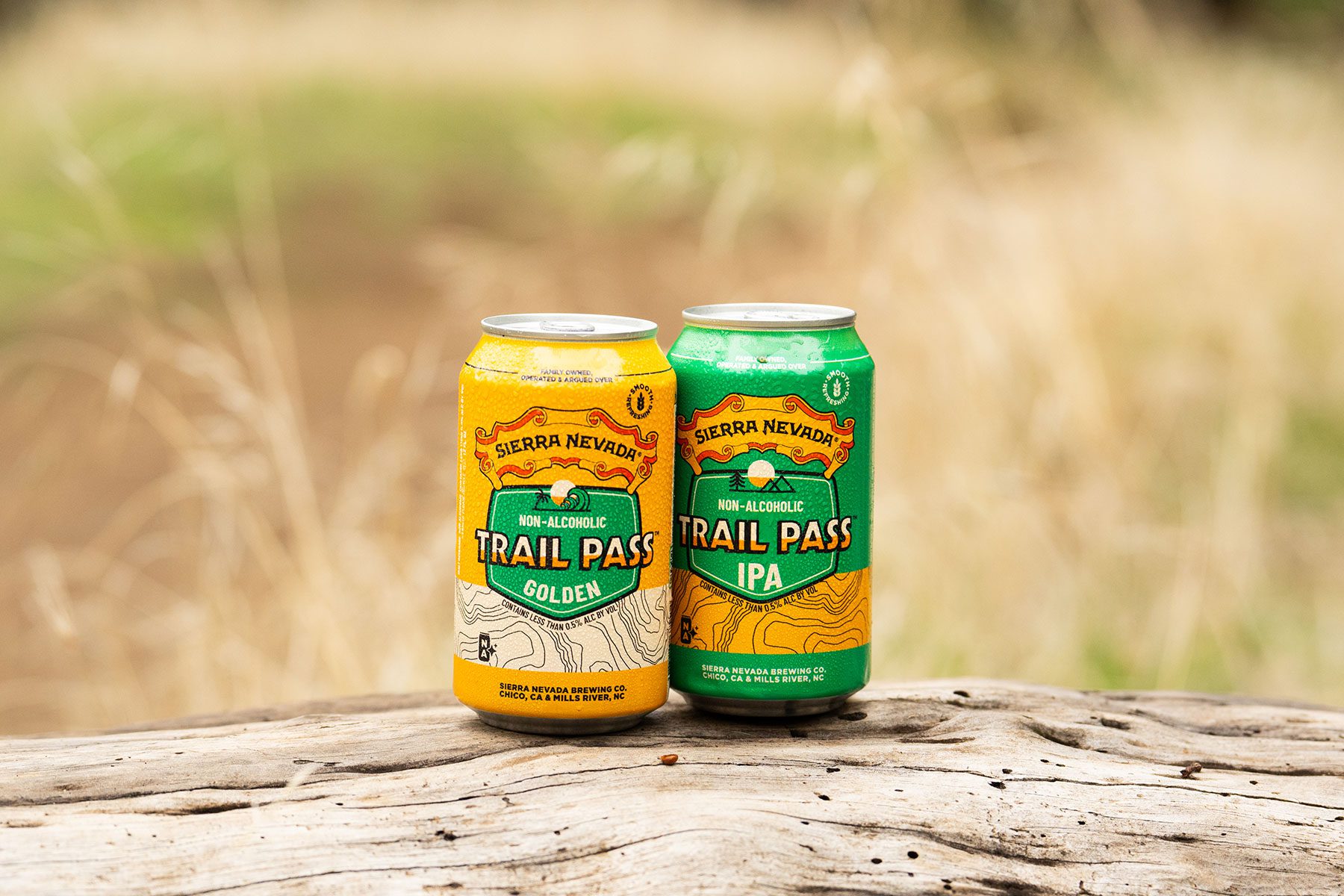
Making Sierra Nevada Non-Alcoholic Trail Pass
To brew non-alcoholic beer, “the two divergent paths are: you can make it without alcohol, or you can take the alcohol out,” says James Conery, Innovation Brewmaster at Sierra Nevada.
We make non-alcoholic Trail Pass using the first approach, which means we hyper-control the brewing process, namely mashing and fermentation. Mashing is when brewers mix hot water and grains, which creates sugars. For non-alcoholic beer, to say it plainly, we mash to get only the simplest types of sugars — glucose, sucrose, and fructose; it’s the more complex sugars (maltose) that, in the presence of hungry yeast, will yield high volumes of alcohol. But we also don’t use our typical ale or lager yeast strain in Trail Pass.
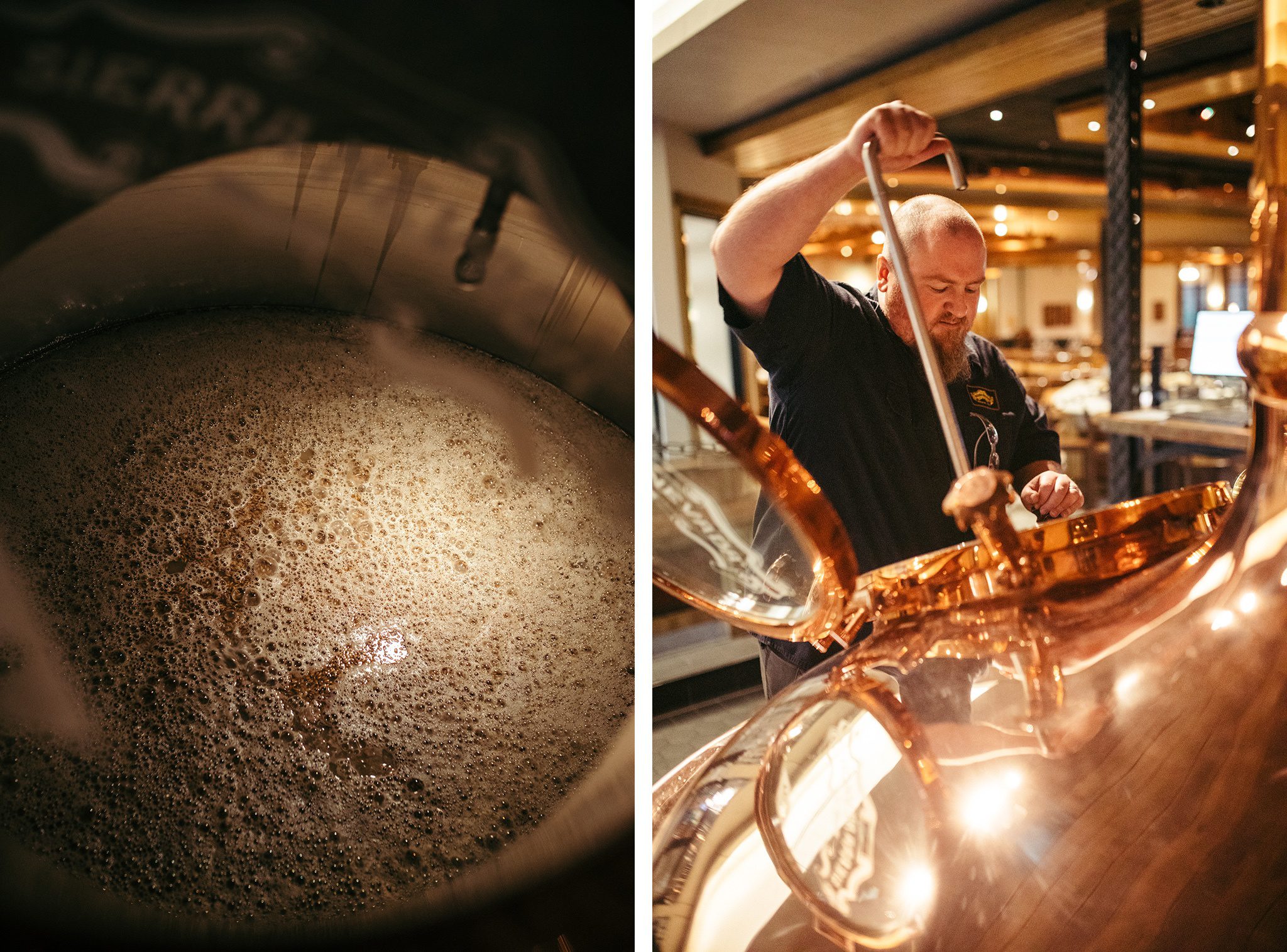
“The yeast we use is purposefully designed so it can only metabolize the less complex sugars,” James says, “and we mash so there’s already a low amount of them in the wort. So during fermentation, you end up with just a little bit of alcohol, that 0.5% threshold.”
The other path — alcohol removal, or dealcoholization — often entails either vacuum distillation, which lowers the boiling point of alcohol, or using a membrane filtering technology to better isolate the alcohol before distillation. For Trail Pass IPA and Trail Pass Golden, using traditional brewing methods felt truer to our craft values and, frankly, delivers a product that tastes like beer.
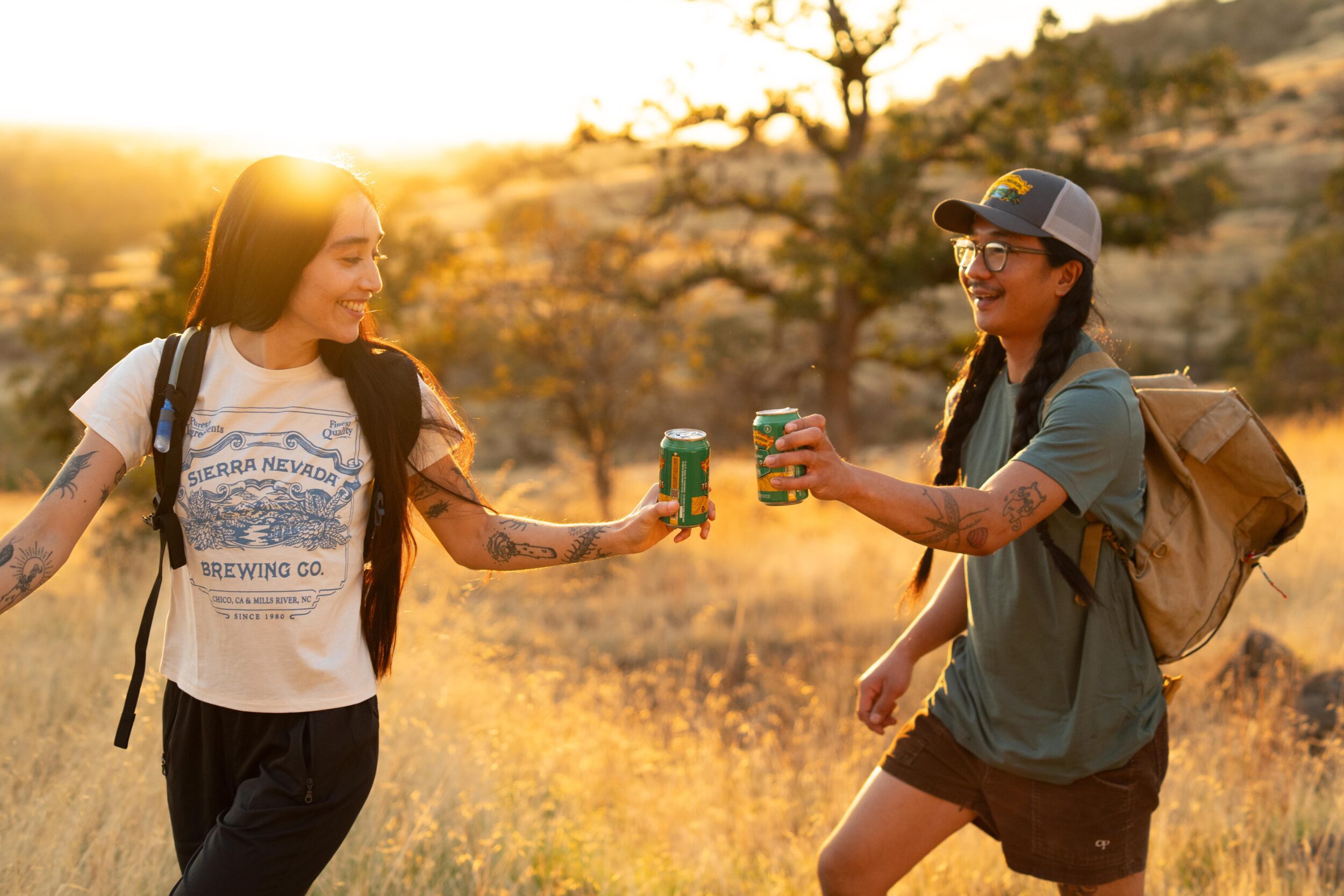
Finding The Right Yeast For Trail Pass
As far back as early 2018, before Trail Pass was even an idea, we started experimenting with non-alcoholic brews. James Conery, our Innovation Brewmaster, remembers those inaugural experiments as, well, lackluster.
“A lot of the early [non-alcoholic] yeast strains produced off characteristics,” he says. “Quite a few of them were hybrids of Belgian strains, so you would get the phenolic spice flavors or, you know, what we call hot-dog water and those kind of things.”
And if it wasn’t odd flavors, it was alcohol inconsistency; one batch would be 0.5% ABV, the next would shoot way above — can’t have that. After trying countless yeasts, including non-Saccharomyces strains, we paused the project.
“The science was not good enough with [non-alcoholic yeast] products,” Conery says. “It just so happens that we stumbled across this new yeast that was being developed by Lallemand, and that’s really where we kicked it off again.”
That breakthrough yeast, a hybrid of beer and wine strains, does the good things and prevents the bad things. It keeps fermentations below 0.5% ABV, but it also wipes out sulfur compounds and off-flavors. Instead, this yeast ferments clean and bright, allowing other ingredients to pop, like the pine and citrus from Amarillo and CTZ hops in Trail Pass IPA or the smooth malt in Trail Pass Golden.
Why Are More And More People Drinking Non-Alcoholic Beer?
Major Benefits Of Non-Alcoholic Beer
Now that craft brewers are taking non-alcoholic beer to the next level, it’s easy to incorporate these brews into a full, active life. Maybe it’s Friday happy hour with friends, but you’ve got dawn patrol — running that new trail, backcountry snowboarding, etc. — so wisdom says sip a non-alcoholic beer. Or maybe it’s just lunch with coworkers and you have a busy afternoon ahead. Whatever your reason for choosing non-alcoholic beer, you can still go big on craft flavor.
How To Find A Style Of Non-Alcoholic Beer That Fits You
What style can’t you find is more like it. You’ll spot everything from easy-drinking session IPAs to rich stouts with non-alcoholic origins. The same tasting notes tied to alcoholic craft beers — fruity, juicy, malty, nutty, herbal, and so on — are vibrant in today’s non-alcoholic brewing. And if you’re keen on other details, like calorie count, there’s surely a non-alcoholic beer that checks the boxes.
Looking for Other Non-Alcoholic Drink Options?
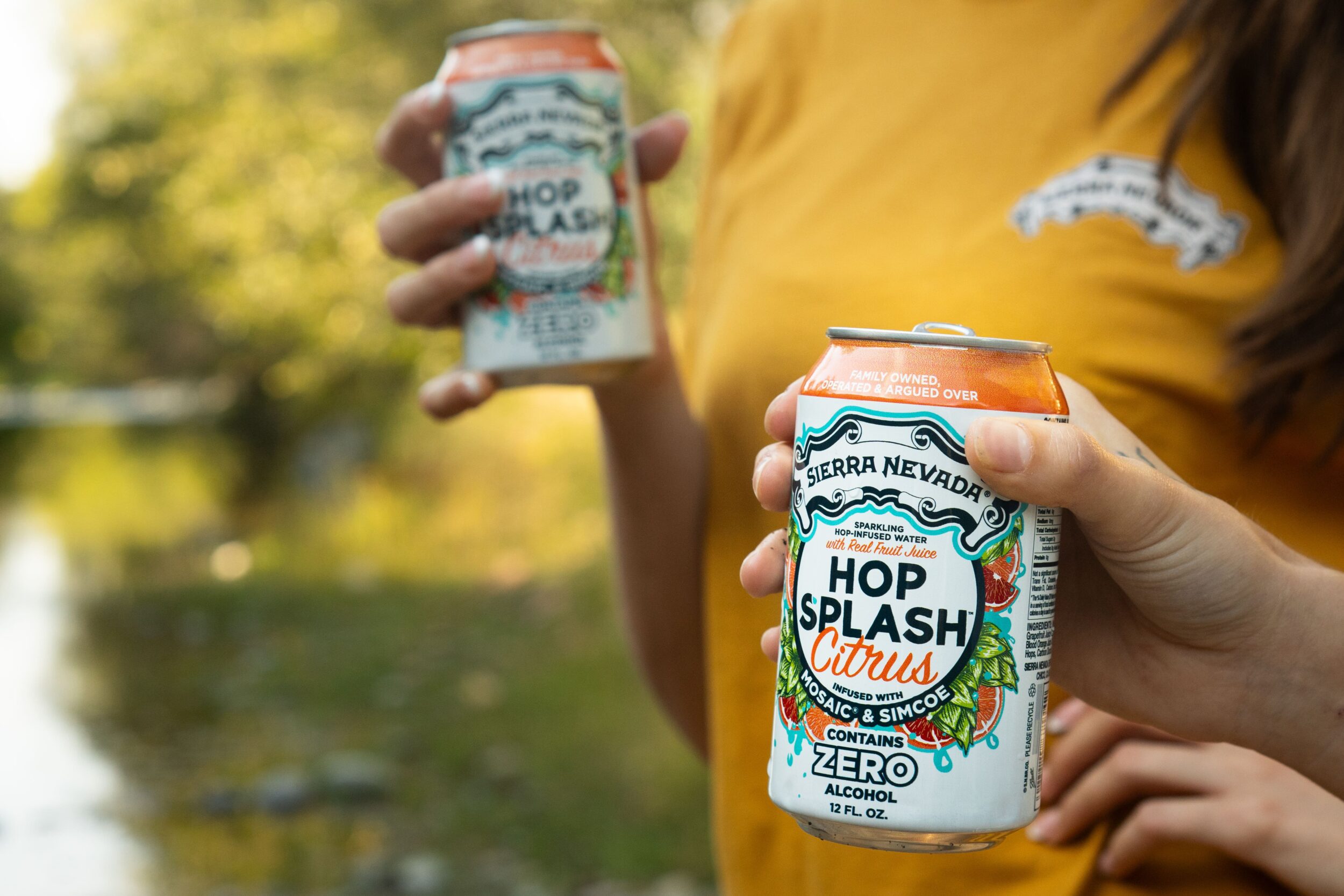
Find Sierra Nevada Hop Splash Hop Water
IPA lovers can also hydrate with hops. Sierra Nevada Hop Splash is sparkling water with zero alcohol, zero calories, and maximum hop refreshment. Our newest flavor, Hop Splash Citrus, pairs up Mosaic® and Simcoe hops with real blood orange and grapefruit juice for all-day hop flavor. The original Hop Splash is infused with Citra and Amarillo® varieties known for bright and fruity flavors.
And that refreshing, bubbly carbonation? Totally sustainable. The Hop Splash brewing process includes capturing, cleaning, and reusing carbon dioxide from beer fermentation to carbonate Hop Splash, keeping CO2 out of the atmosphere and closing the loop.
You can find Hop Splash at Whole Foods stores and retailers nationwide, or you can get Hop Splash shipped to your door.
